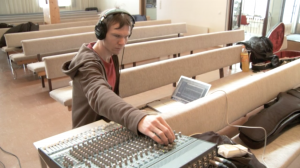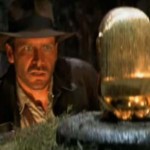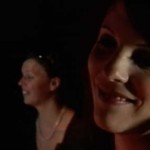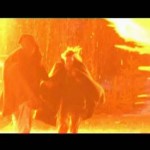 Muutos is a traditional Christian indie feature film that I contributed to in multiple roles. I worked as a sound recordist on a few shoots, created ambient atmospheres, and handled aspects of the overall sound design.
Muutos is a traditional Christian indie feature film that I contributed to in multiple roles. I worked as a sound recordist on a few shoots, created ambient atmospheres, and handled aspects of the overall sound design.
Categories
Sound Design and Audio Production for an Indie Feature Film
Muutos is a Christian indie feature film for which I recorded on set, created ambient atmospheres, and contributed to sound design.




